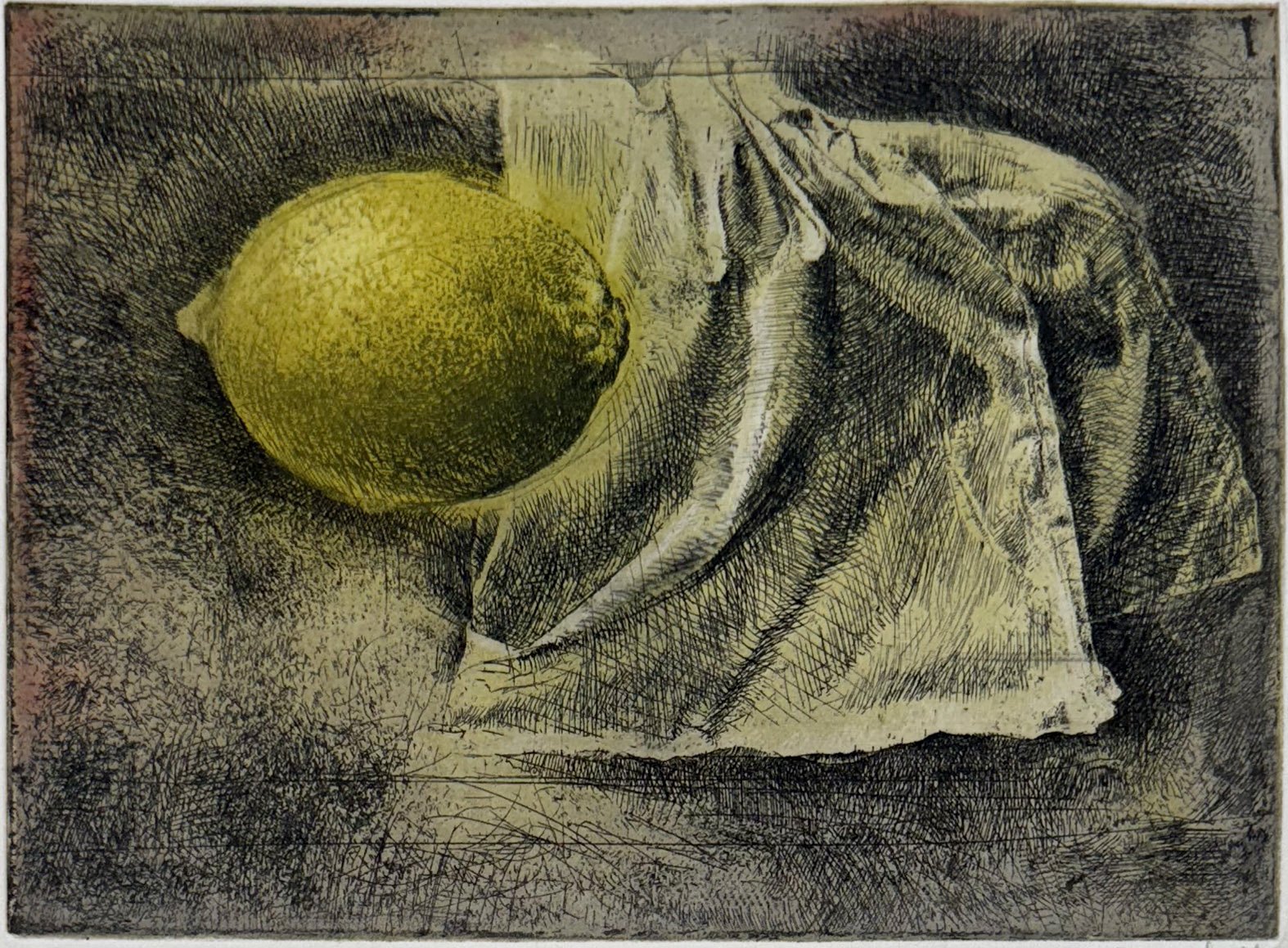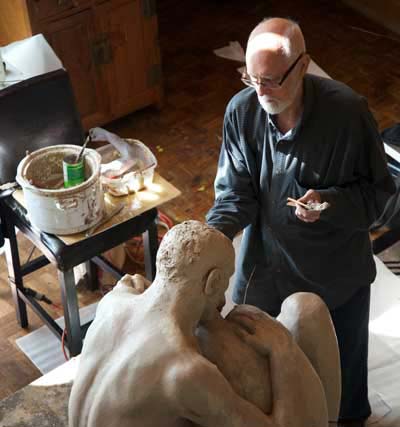Trevor Southey


Trevor Southey
Africa: Africa and the Africans are part of my spiritual fibre. I am, in fact, white - British colonial by direct cultural experience. But African people surrounded me. I started portraying Africans and their environs when I was still a boy. I believe that
as I internalized the sounds of the native languages, although I never learned them much,I also internalized a sense of their natural beauty: the generosity of their features, the lithe easy way of movement, and all the variety of their colour - some a blue black like the patina of living bronze sculpture, some a chocolate brown, some a creamy ochre.
My homeland did not practice such a virulent form of segregation as that inspired by religion. But racism was still part of my environment, albeit ill defined, thinly disguised as benevolent. Nanny, William, Johnny, and others helped to break it in my heart and life.
Family: My hunger for the traditional family was and is part of my paradox. Now I see a vision of a wholly different family embracing its unusual children with joy, as well as those who weave traditional patterns. It is a family of extraordinary tolerance and vision filled with wonder at the uniqueness of each individual. It gasps only a little at differences, demanding no adherence to a strict pattern of normalcy. Its only demands are love, delight, surprise, courtesy, civility, discipline and above all tolerance.
Gay: It made itself most known in my work. Even that work long preserved within the seeming sanctity of a subject like the traditional family would reflect that shunned part of my being. Works done innocently, once they were complete still held the whole truth within them. Perhaps no painting revealed that more clearly than Prodigal. Often while I refused to acknowledge this, others could read it quite clearly. Prodigal was conceived from Jesus' parable of reconciliation and familial love. I feared the sensuality of this work, and indeed, it was gently declined by the clients. At its conception and execution, that sensuality was naive and even innocent, as were the deeper implications of content. Other works follow as a celebration of this new personal "home,' this integration, the comfort of finally being one within oneself and one within a new society. Some of these images are almost embarrassingly overt, though that was by no means my intention.




























